

Stainless Steel Cleaning and Maintenance: Stainless steel is a low-carbon steel that contains at least 10 percent chromium. The addition of chromium gives the steel its unique corrosion-resisting properties. Most Bradley accessories are fabricated from type 304 stainless steel, which contains 18 percent chromium and 8 percent nickel. Bradley uses it because it is extremely durable, resists corrosion, stands up to many chemicals, and is easy to fabricate. Stainless steels are very resistant to rust, however this does not mean that they are impervious to it. Stainless steel must be kept clean and free from contaminants. Frequent cleaning with mild soap and water or glass cleaner and a cotton cloth is required. Sometimes stainless steel products will develop corrosion or discoloration due to environmental and installation conditions. The following is a list of common conditions that cause corrosion or discoloration of stainless steel and should be avoided:
Any discoloration or corrosion should be removed as soon as possible, or permanent discoloration and pitting of the surface could occur. Usually, the product can be restored to its original condition. Most discoloration can be removed with a mild cleanser (Ajax, Bon Ami, etc.) or stainless steel cleaner (Revere Ware Stainless Steel Cleaner, Goddard's Stainless Steel Cleaner, etc.) and a Scotchbrite pad. The surface should then be thoroughly rinsed with clear water. With proper maintenance, stainless steel will maintain its luster and appearance indefinitely.
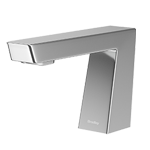

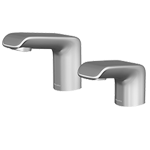
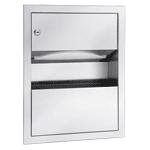
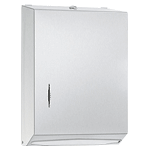
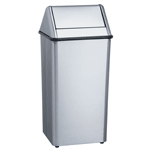
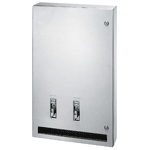
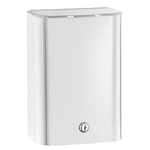
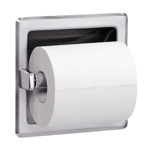
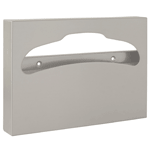
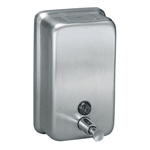
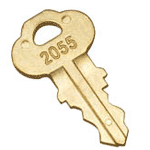
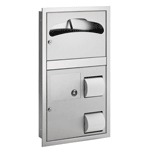
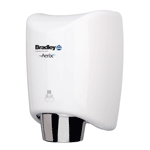
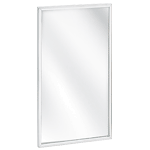
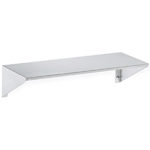
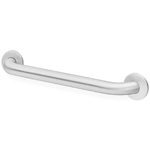
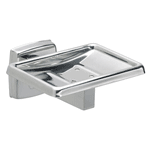
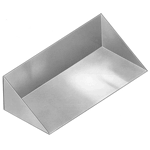
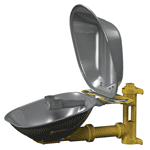
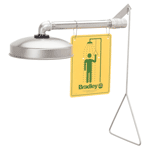
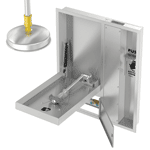
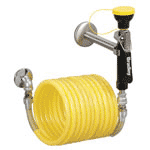
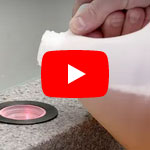
© 1991-2024 • Air Delights, Inc. All rights reserved. "Air Delights" and logo are registered trademarks for Air Delights, Inc.